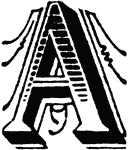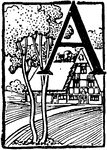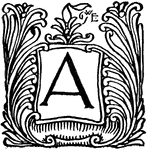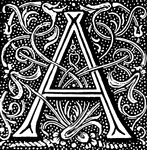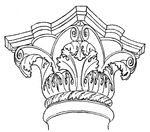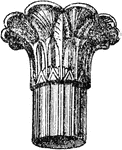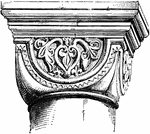
Abencerrages
"Capital and Springing of Arch, from the Hall of Abencerrages, Alhambra." — Encyclopedia Britanica,…
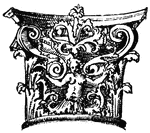
Antic
Antics are fancies having no foundation in nature, as sphinx, centaurs, etc., different flowers growing…

Antic
Antics are fancies having no foundation in nature, as sphinx, centaurs, etc., different flowers growing…
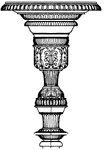
Antique Candelabrum Capital
The Antique candelabrum capital has a plate or cup like form on the top where a lamp or candle can be…
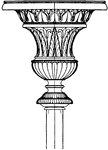
Antique Candelabrum Capital
The Antique candelabrum capital has a plate or cup like form on the top where a lamp or candle can be…
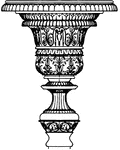
Antique Candelabrum Capital
The Antique candelabrum capital has a plate or cup like form on the top where a lamp or candle can be…

Antique Candelabrum Capital
The Antique candelabrum capital has a plate or cup like form on the top where a lamp or candle can be…
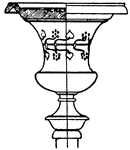
Antique Candelabrum Capital
The Antique candelabrum capital has a plate or cup like form on the top where a lamp or candle can be…

Antique Candelabrum Capital
The Antique candelabrum capital has a plate or cup like form on the top where a lamp or candle can be…
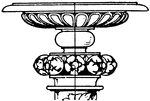
Renaissance Candelabrum Capital
The Renaissance candelabrum capital is made out of marble and terminates with a plate or table on top.…
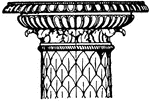
Roman Candelabrum Capital
The Roman candelabrum capital is made out of marble and terminates with a plate or table on top.

A Capital from Karnak
"In their private dwellings the Egyptians sometimes used graceful columns and the true arch (both of…

Ancient Persian Capital
The Ancient Persian capital is a design of the fore-parts of bulls. It is an Old Persian style that…

Antique Corinthian Capital
The antique Corinthian capital is a found in Melos, Greece. It is a design of a two rows of leaves that…

Byzantine Capital
The byzantine capital is found in the St. Sophia in Turkey. This design is called a Trapeziform, a byzantine…
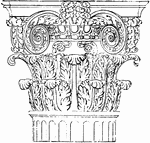
Composite capital
"The Composite or Roman order was the outcome of the attempt to improve the Corinthian, of which it…
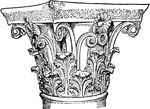
Corinthian Capital
An illustration of a Corithian capital from the Tholos of Epidaurus. In several traditions of architecture…
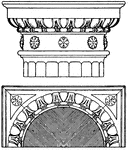
Doric Capital
The Doric capital is an Italian Renaissance design consisting of the abacus, which is square and the…
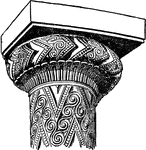
Early Greek Capital
An illustration of an early Greek capital. In several traditions of architecture including Classical…
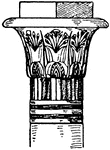
Egyptian Capital
The Egyptian capital is the upper termination of the column with opened papyrus flowers. It is found…
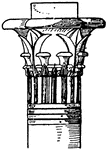
Egyptian Capital
The Egyptian capital is the upper termination of the column with opened papyrus flowers. It is found…
Egyptian Capital
This Egyptian capital is the upper termination of the column with cinctured bundles of papyrus stems.
Egyptian Capital
This Egyptian capital is the upper termination of the column with cinctured bundles of papyrus stems.…
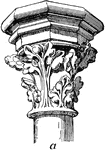
French Gothic Capital
A French Gothic capital from Sainte Chapelle in Paris from the thirteenth century. The capitals were…
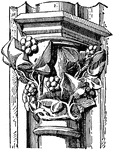
French Gothic Capital
A fourteenth century capital from transept of Notre Dame, Paris. The capitals were tall and slender,…

French Gothic Capital
A fifteenth century capital from the north spire of Chartres. The capitals were tall and slender, concave…

Graeco-Doric Capital
The Graeco-Doric capital is an antique design. It is found on the upper termination of a column.
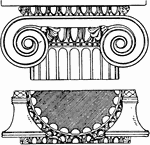
Graeco-Ionic Capital
This Graeco-Ionic capital is a scroll design with intervals of egg band and palmettes.

Graeco-Ionic Capital
The Graeco-ionic capital is a design of a scroll rolled on both sides with spiral curves. It has an…

Grecian Doric Capital
"The Doric Order is, in architecture, the second of the five orders, being that between the Tuscan and…
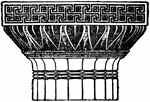
Grecian Doric Capital
"The Doric Order is, in architecture, the second of the five orders, being that between the Tuscan and…

Grecian Doric Capital
"The Doric Order is, in architecture, the second of the five orders, being that between the Tuscan and…
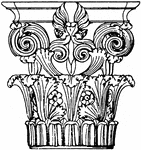
Greek Corinthian Capital
The Greek Corinthian capital is found in a monument in Lysikrates, Athens. It is a design of spiral…

Late Gothic Capital
The late Gothic capital has an abacus that is octagonal with projected leaves. This capital has an appearance…

Late Gothic Capital
The late Gothic capital has an abacus that is octagonal with projected leaves. This capital has an appearance…
Lotus Capital
An illustration of a lotus decorated capital. In several traditions of architecture including Classical…
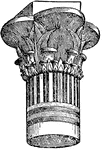
Lotus Capital
An illustration of a lotus decorated capital. In several traditions of architecture including Classical…

Moorish Capital
The Moorish capital is the upper termination design of a column found in the hall of two sisters Alhambra,…

Moorish Capital
The Moorish capital is the upper termination design of a column found in the hall of two sisters Alhambra,…
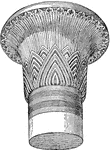
Papyrus Capital
An illustration of a papyrus decorated capital. In several traditions of architecture including Classical…

Persian Capital
An illustration of a Persian capital. In several traditions of architecture including Classical architecture,…
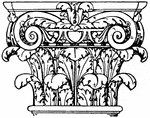
Roman Composite Capital
The Roman composite capital is a fusion of the ionic and corinthian capitals.

Roman Corinthian Capital
The Roman Corinthian capital is found in the palaces of the emperors in Rome. It is a design of spiral…
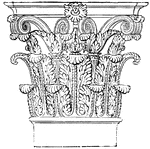
Roman-Corinthian Capital
"The favorite order was the richly-decorated Corinthian, the beauty of which the Romans strove to increase…
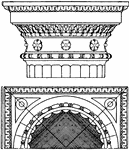
Roman-Doric Capital
The Roman-Doric capital is an antique design. It is found on the upper termination of a column.
